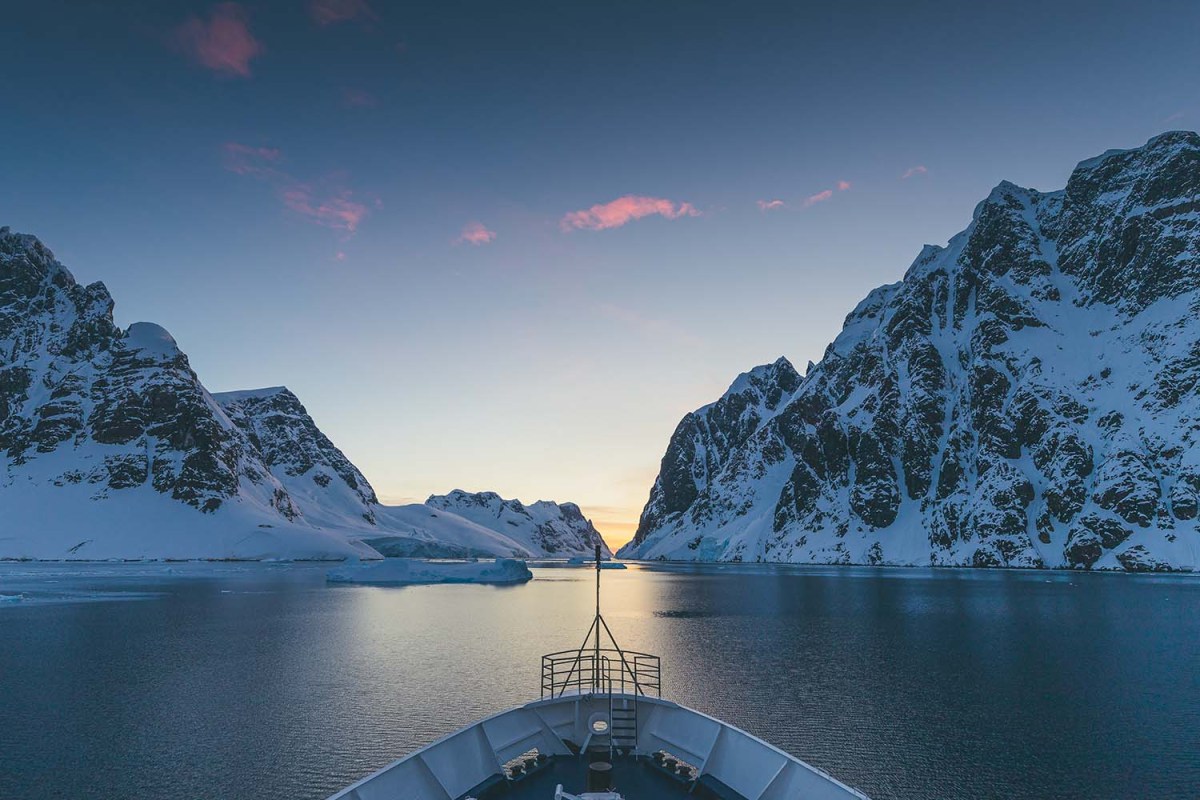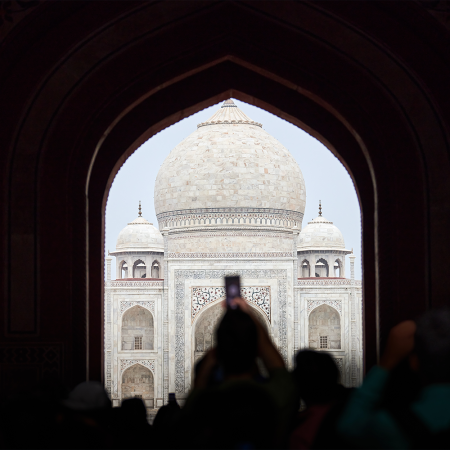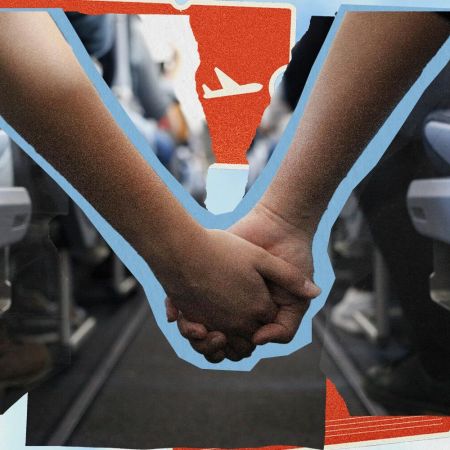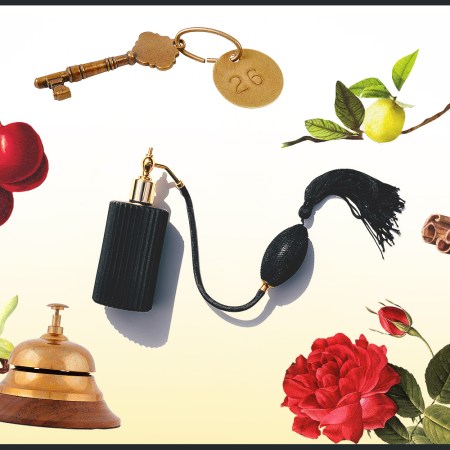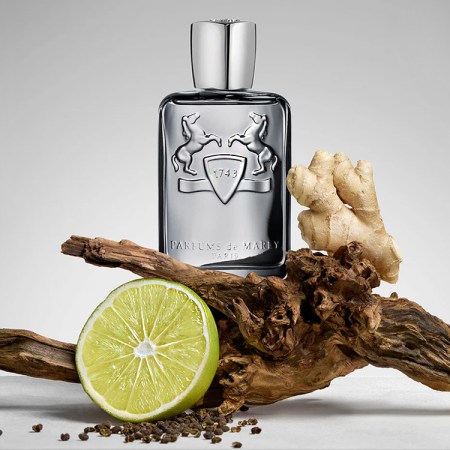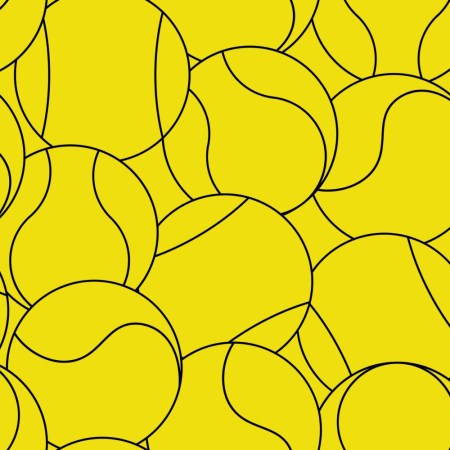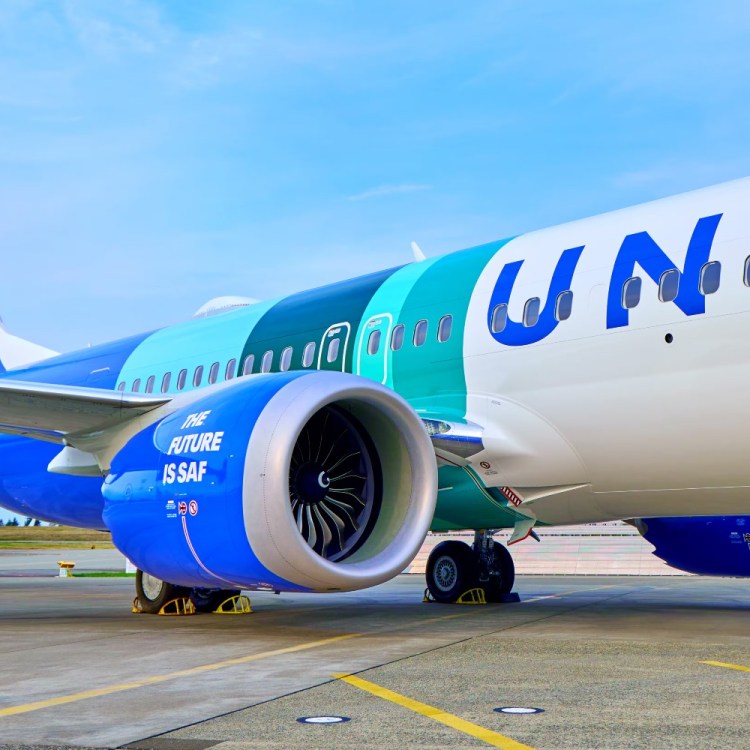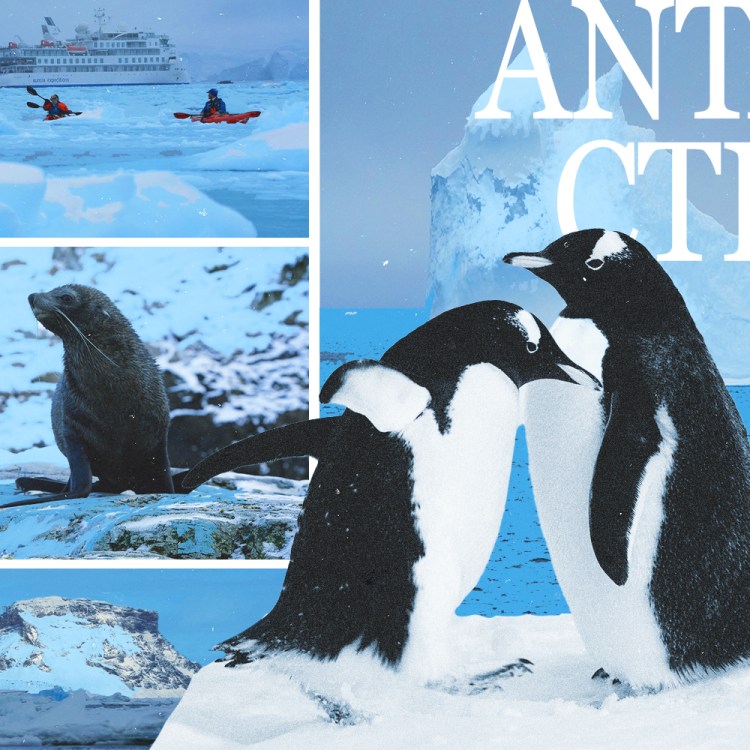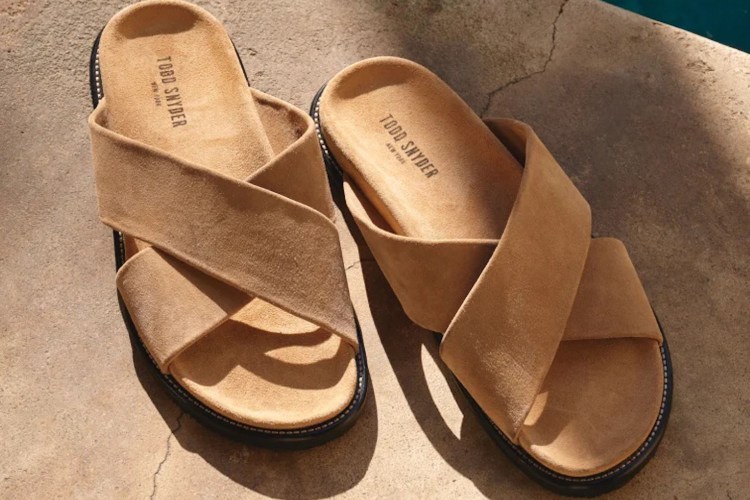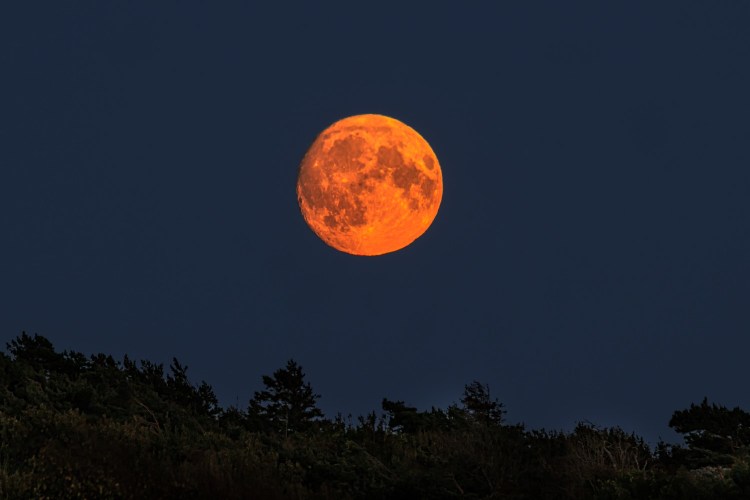“Last-chance tourism” is a term that’s been making the rounds in travel circles for a few years now and is currently gaining in popularity thanks to global warming. If it’s not immediately clear what it’s all about, here’s an illustrative anecdote: In 2018 I visited Iceland for the first time. I committed myself to all of the obligatory tourist activities — a soak in the Blue Lagoon, a climb to the top of Hallgrimskirkja, a snorkel in Silfra…but also a road-trip down the coast, which involved stops at both Reynisfjara and Breiðamerkursandur. The former is a beach famous for its black sand and enormous basalt stacks, the latter for the icebergs that wash up on shore creating a stark contrast with the black sand.
The impact these places had on me cannot be overstated. They are beautiful and unlike literally anything I’d seen to that point. But I also couldn’t shake the feeling that it was all fleeting. This could have to do with the nature of black sand, which is derived from eroded volcanic materials; because black sand is generated from singular moments of volcanic activity, it isn’t replenished in the way that quartz sand is. In other words, black sand beaches are inherently ephemeral. But with Iceland’s glaciers melting at a rate of over 150 meters a year, Breiðamerkursandur’s — or Diamond Beach as its colloquially known — future is even grimmer.
This was “last-chance tourism” to a tee: witnessing a place before it literally disappears.
Take Antarctica, for example. Since the early ’90s, tourism in Antarctica has grown continually. Per the International Union for Conservation of Nature, the number of tourists arriving increased ten-fold between 1992 and 2020, rising to 75,000 in the 2019-’20 season and again to 104,897 in the 2022-’23 season. Accessibility in recent years definitely plays a role in that, sure, but the amount of people traveling to Earth’s southernmost continent under the guise that it may be their last chance can’t be ignored, either.
Is There Really Such a Thing as Sustainable Travel?
These innovative companies are using virtual tech and responsible bookings to help transform the industryThe thing is, as Nick Hunt posits in his latest piece for The Guardian, last-chance tourism often does greater damage to already endangered places. For his part, Hunt recently hiked the Aletsch glacier in Switzerland’s Bernese Alps. Even in spite of a glaciologist’s assurance that touristic hikes on the glacier don’t have any direct impact on the melt rate, Hunt’s narrative is saturated with grief.
“It feels reassuring to see snow fall on the glacier, turning its grubby grey to white: an illusion, however transitory, of permanence and renewal. But future travellers here — poor souls — will walk in a valley of rock,” he writes. It’s eerily reminiscent of an homage Iceland erected for it its Okjokull ice sheet back in 2019. A letter to the future, it reads: “Ok (Okjokull) is the first Icelandic glacier to lose its status as a glacier. In the next 200 years all our glaciers are expected to follow the same path. We know what is happening and what needs to be done. Only you know if we did it.”
Still, it makes for an interesting juxtaposition. On the one hand, there are certainly a number of destinations — e.g. Antarctica and the Great Barrier Reef — that are ephemeral because of human inference. On the other, there are also destinations — like The Root Bridges in Cherrapunji — that would likely have disappeared without human interference.
As co-founder of media and travel company Atlas Obscura Dylan Thuras once told me: “Tourism is powerful. It spreads attention and it spreads money, and it can do it in ways that are really positive or ways that are really negative. So it’s more just about calibrating your own travel around how to do it in the maximally positive way. I think tourism is a powerful force for good when it is.”
Thanks for reading InsideHook. Sign up for our daily newsletter and be in the know.
